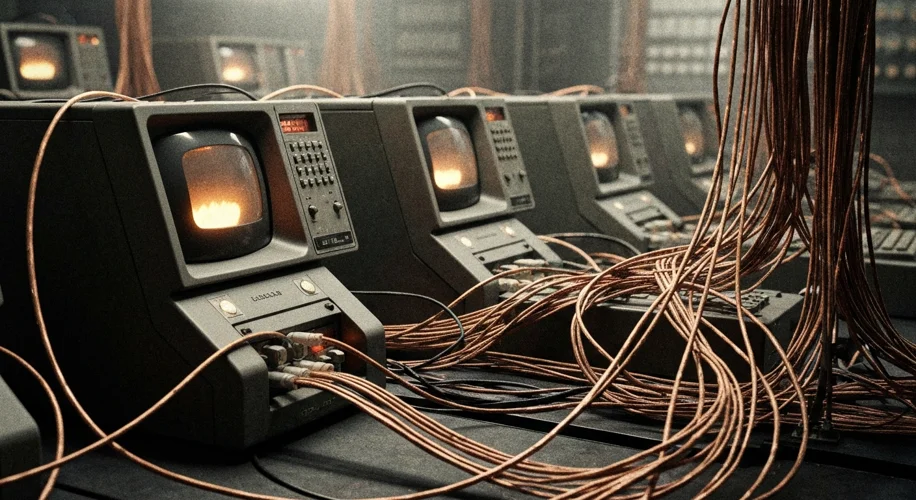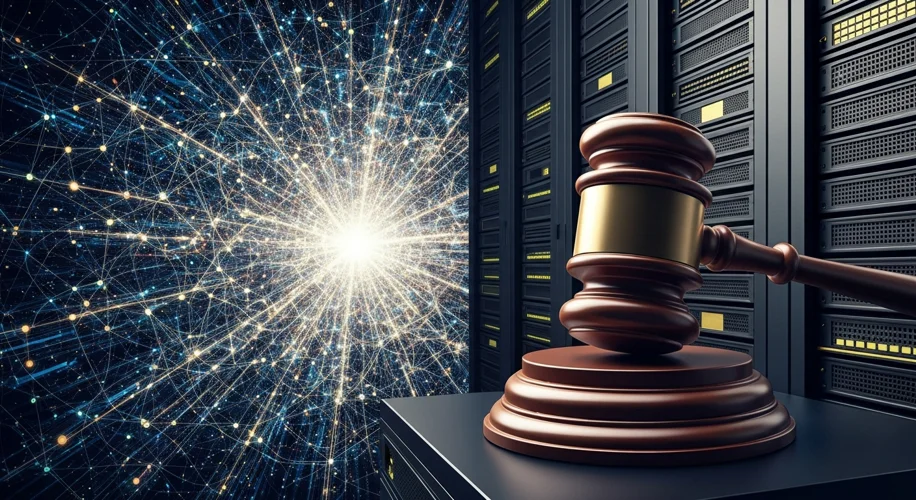In the hushed halls of academia and the buzzing servers of tech giants, a revolution was quietly brewing in the late 20th century. It wasn’t one of armies clashing or empires falling, but a more insidious, yet equally transformative, shift: the dawn of the internet age. What began as a nascent network for researchers and the military rapidly evolved into a global phenomenon, weaving itself into the fabric of daily life, commerce, and communication. Yet, as this digital tapestry unfurled, it snagged on the threads of established legal and ethical frameworks, creating a complex knot that we are still attempting to untangle today.
The story begins not with a bang, but with a series of interconnected whispers. In the late 1960s, the U.S. Department of Defense, through its Advanced Research Projects Agency (ARPA), funded ARPANET. The goal was to create a resilient communication network that could withstand potential disruptions, a prescient vision in the Cold War era. This network, a far cry from the vibrant, chaotic internet we know today, was a closed ecosystem, primarily for scientists to share data and resources.

By the 1980s, ARPANET had paved the way for other networks, and the concept of interconnectedness began to take hold. The true explosion, however, came with the invention of the World Wide Web by Tim Berners-Lee at CERN in 1989. His creation of HTML, URLs, and HTTP provided a user-friendly interface, transforming the technical network into a navigable space for information and interaction. Suddenly, the potential was limitless. Businesses saw new markets, individuals saw new ways to connect, and governments saw new avenues for control and surveillance.
The early days of the commercial internet were akin to a digital Wild West. Laws and regulations lagged far behind the rapid pace of technological advancement. Suddenly, questions that had previously been confined to print media or academic journals were thrust into the spotlight with unprecedented urgency.
One of the most immediate and significant legal ramifications was the challenge to intellectual property. How do you protect copyright when digital information can be copied and disseminated almost instantaneously and without degradation? The music industry, in particular, was blindsided. Platforms like Napster, which emerged in the late 1990s, allowed users to share MP3 files freely, leading to a torrent of lawsuits from record labels and artists who saw their livelihoods threatened. This set a precedent for a protracted battle between copyright holders and the decentralized nature of the internet, a battle that continues to this day with debates around streaming rights, piracy, and digital ownership.
Beyond intellectual property, the sheer volume and nature of online content posed a significant challenge. Suddenly, the internet became a platform for everything from educational resources to hate speech, from personal blogs to sophisticated propaganda campaigns. This led to thorny questions about liability and content moderation. If a user posts libelous content, who is responsible – the user, the internet service provider, or the platform hosting the content? The landmark Communications Decency Act of 1996 in the United States, and its subsequent amendments, attempted to address this by granting platforms immunity for third-party content, a decision that has profoundly shaped the online landscape and continues to be debated.
This immunity granted to platforms had far-reaching consequences. Companies like Google, Facebook (now Meta), and Twitter (now X) grew into global behemoths, not just facilitating communication but actively shaping public discourse. Their algorithms, designed to maximize engagement, often prioritized sensational or divisive content, contributing to the spread of misinformation and the polarization of societies. The question of whether these platforms are mere conduits of information or active publishers with editorial responsibilities remains a central legal and ethical quandary.

The rise of artificial intelligence, itself a product of the digital age, has only amplified these challenges. AI-generated content blurs the lines of authorship and originality, while AI-powered algorithms can perpetuate biases and automate surveillance on an unprecedented scale. The legal frameworks struggling to keep pace with the internet now face the even more complex task of regulating machines that can learn, create, and potentially deceive.
The journey from ARPANET to the AI-driven internet of 2025 has been a tumultuous one. It has been a story of innovation, of connectivity, but also of unforeseen legal and ethical quagmires. The early architects of the internet could scarcely have imagined the intricate legal battles that would arise from their creation. As we continue to navigate this ever-evolving digital frontier, the echoes of those early legal ramifications serve as a stark reminder that technological progress must always be accompanied by careful consideration of its societal and legal impact. The unseen currents of data and algorithms are reshaping our world, and understanding their legal implications is crucial for ensuring a just and equitable future.

